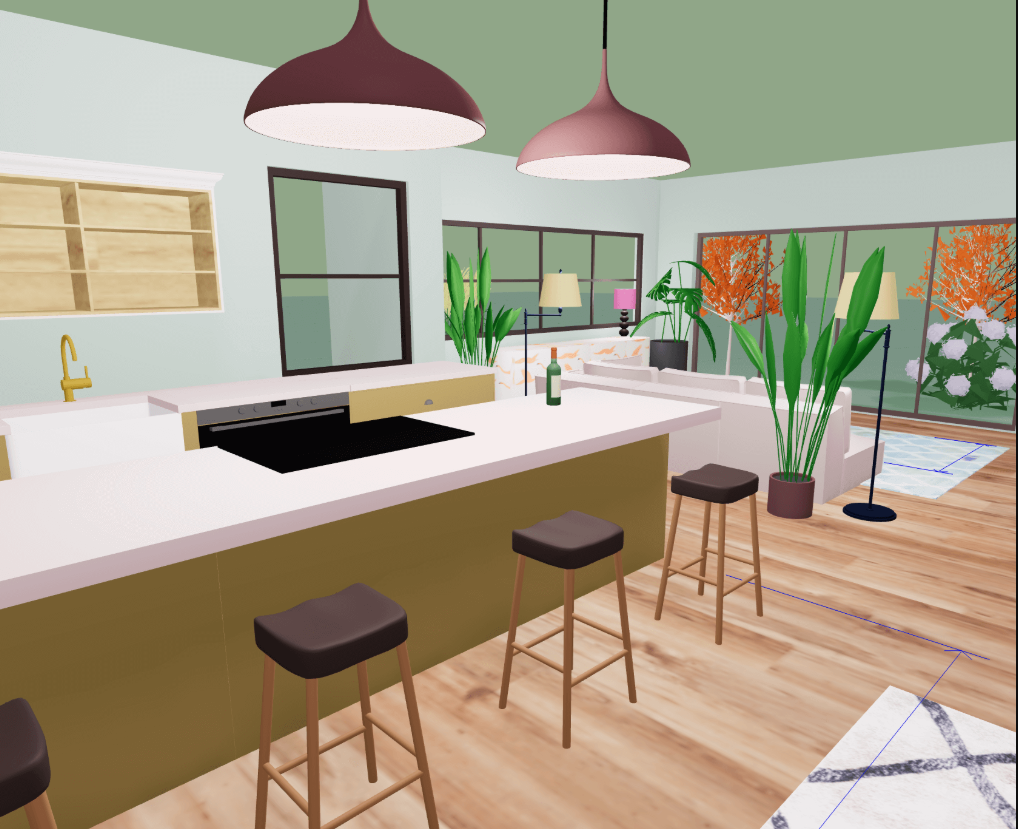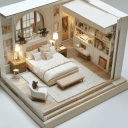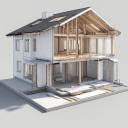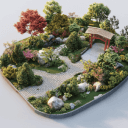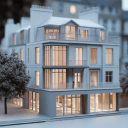A well-planned kitchen lighting layout can make or break a space’s appeal and even boost your property’s value. As a kitchen designer, I’ve seen firsthand how strategic lighting turns a dim, ordinary kitchen into a bright showstopper that wows buyers.
In fact, a well-designed kitchen can increase a home’s value by up to 10%, and lighting is a key part of that design. The good news is that modern design tools like
Arcadium 3D
make it easier than ever for anyone to visualize and implement these high-impact lighting changes in their kitchen.
In this guide, we’ll explore how to plan kitchen lighting layouts that not only look stunning but also enhance functionality, all through the lens of adding real home value.
Explore Our Kitchen Design Tool
Why Kitchen Lighting Matters for Home Value
Lighting isn’t just about seeing clearly – it sets the mood and perception of your kitchen. Real estate experts often stress that bright, well-lit kitchens appear larger, cleaner, and more inviting to potential buyers. For instance, opening blinds and turning on all the lights before a home showing is standard practice, because “when a home is well lit, buyers see it as a fresh canvas” to imagine their life in the space.
On the flip side, a poorly lit kitchen can feel smaller, shadowy, and less maintained. Outdated or dim lighting might even raise red flags – buyers could wonder if other aspects of the home have been neglected. In short, good lighting sells: it highlights your kitchen’s best features and creates an emotional response, which can translate into higher offers and quicker sales.
From a value perspective, investing in quality kitchen lighting is one of the most cost-effective upgrades you can make. It enhances both form and function – not only making daily cooking easier (no more chopping in the dark corners!) but also elevating the aesthetic to showroom quality.
And remember, kitchens are often the heart of the home and a top priority for buyers. An inviting, brilliantly lit kitchen can set your property apart in the market. It’s no surprise that interior designers consider lighting an integral component of design that “can absolutely make a difference when it’s time to sell”.
The Layers of a Well-Lit Kitchen
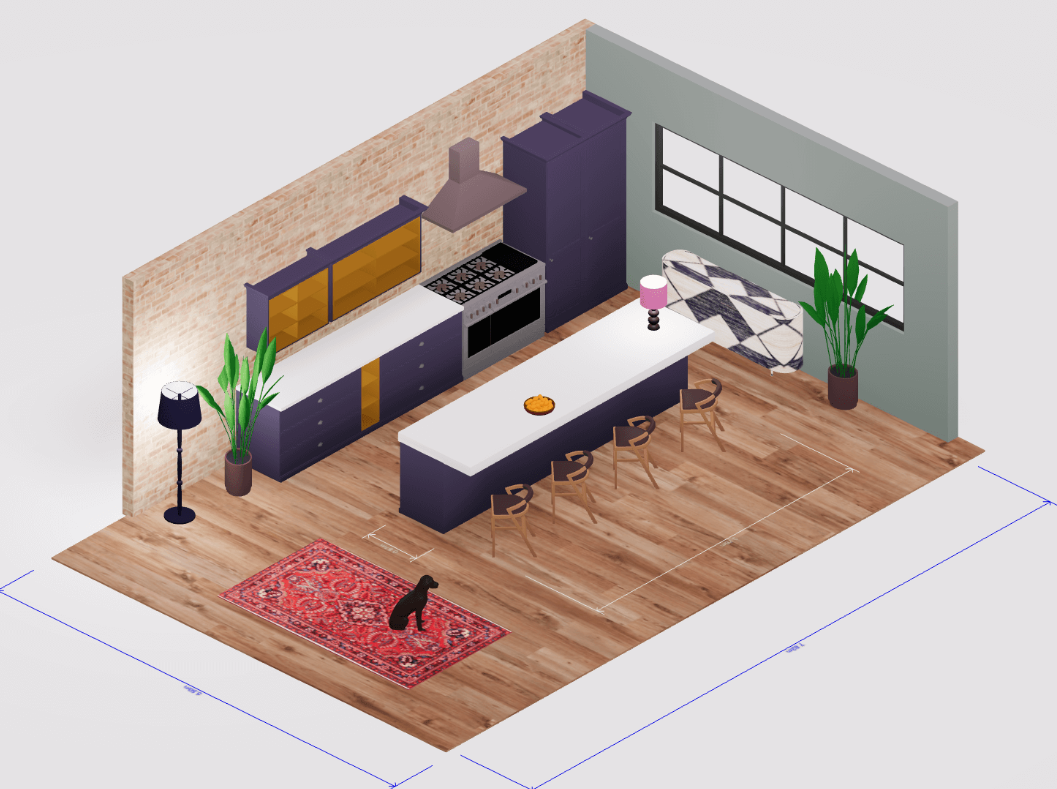
To create a lighting layout that impresses, it’s important to think in layers. Professional designers use a layered lighting approach, combining different types of lights to cover all needs and to add depth to the room. In a kitchen, we typically work with three layers:
Ambient Lighting (General Illumination):
This is the base layer – the broad, overall lighting that substitutes for daylight and uniformly brightens the room. Ceiling fixtures such as recessed lights (pot lights), track lighting, or a central ceiling lamp provide ambient light.
Ambient lighting ensures the kitchen is well-lit from wall to wall, making it feel open and spacious. For example, a grid of well-placed recessed lights can blanket the kitchen in light without cluttering the ceiling.
Many modern kitchens use dimmable LED recessed lights for flexible ambient lighting that can go from bright during meal prep to soft during dinner.
Task Lighting:
This second layer targets work areas so you can see clearly when chopping veggies, reading recipes, or cleaning. Under-cabinet lights are a prime example – they shine directly onto countertops, eliminating shadows under overhead cabinets.
Pendant lights over an island or a sink are another form of task lighting; they not only look stylish but also focus light where you cook or eat.
Task lighting is slightly brighter and more focused than ambient light, designed to help you perform specific tasks safely and efficiently. Well-planned task lighting makes a kitchen highly functional, which is a big selling point for buyers who love to cook.
Accent Lighting:
The third layer, accent lighting, adds drama and personality. It’s used to highlight special features or create a mood. In kitchens, accent lights might include LED strip lights above cabinet uppers or along toe-kicks (the base of cabinets) to cast a subtle glow.
You might also have a light inside a glass-front cabinet showcasing fine dishware, or small spotlight fixtures highlighting a piece of artwork or a textured backsplash. These accents don’t necessarily add a ton of functional light, but they create visual interest and a high-end feel.
Accent lighting says “this kitchen is special” – it’s the layer that can make your kitchen look like a designer showcase in the evenings.
By combining these layers, you ensure the kitchen is versatile and inviting. Ambient lighting for overall brightness, task lights for practicality, and accent lights for atmosphere – together they give the space dimension and warmth. This layered approach impresses buyers because it’s a hallmark of professional design. It shows that every detail has been thoughtfully addressed. And with today’s technology, you can map out all these layers using a
3D kitchen planner
to see exactly how they’ll work together before you commit to any changes.
Explore Our Kitchen Design Tool
Lighting Layout Strategies that Boost Resale Value
Designing an effective kitchen lighting layout involves both creative vision and practical planning. Here are some strategies that will help you maximize impact (and value):
Even, Ample Overhead Lighting:
Start by ensuring your general lighting covers the whole kitchen without dark spots. A common approach is a grid of recessed ceiling lights. Place them strategically so their light spreads overlap slightly – typically 4 to 6 feet apart, depending on ceiling height and bulb angle.
This even illumination makes the kitchen feel spacious and high-end. Avoid too few lights (which leave corners dim) or too many (which can be overkill and costly). If you have a single central fixture, make sure it’s bright enough or supplement it with additional lights in larger kitchens.
Modern LED fixtures or smart recessed lights can deliver bright light very efficiently, and they signal to buyers that the home’s infrastructure is up-to-date.
Highlight Work Zones with Task Lights:
Identify key work zones – usually countertops, the sink, and the stove/island – and make sure each has dedicated lighting. Under-cabinet LED strips or puck lights are a must-have upgrade for countertops.
They wash the work surface with light, showing off your beautiful countertop materials and making cooking safer. Pendant lights above an island not only provide task lighting for that prep or eating area, but also serve as stylish focal points.
Choose pendants that match your kitchen’s style (e.g., sleek metal pendants for a modern look, or glass and bronze for a farmhouse vibe) and hang them at the right height (typically 30-36 inches above the island counter). If you have a breakfast nook or dining table within the kitchen, a pendant or chandelier above that is both functional and an eye-catcher.
These targeted lights draw attention to functional areas and make the kitchen feel well-equipped for serious cooking. In fact, experts advise installing under-cabinet lights, pendant lights over the island, and recessed lighting together to brighten up the space and highlight its best features – a combination that elevates both usability and resale appeal.
Accentuate with Decorative and Accent Lighting:
Once your primary lighting is covered, consider what features you can accentuate. Got a beautiful backsplash or open shelves with decor? Install an LED strip or a small directional spotlight to show them off.
Top-of-cabinet lighting (placing LED strips or rope lights above cabinetry) adds a soft glow that can make the ceiling feel higher and the room feel larger at night. Toe-kick lighting (along the floor beneath lower cabinets) is an upscale touch that doubles as night lighting for midnight snack runs.
Even a simple plug-in floor lamp or a lit display cabinet in or near the kitchen can serve as an accent that adds ambiance. These touches often make buyers think of custom, luxury kitchens. Just be careful not to overdo it – accent lights should be subtle and used sparingly to be effective. Think of them as the jewelry of your kitchen – a little sparkle in the right places catches everyone’s eye.
Choose Modern, Efficient Fixtures:
Upgrading old fixtures to modern ones yields a big perception boost. Replacing an old fluorescent kitchen ceiling light with a sleek LED fixture or a dated dome light with stylish recessed lights immediately updates the space.
Ensure all your lighting fixtures match the kitchen’s design theme for a cohesive look – for example, if your cabinet hardware and faucet are brushed nickel, consider pendant lights in a complementary metal finish. Also, opt for LED bulbs and fixtures. They not only consume less energy (buyers appreciate efficiency), but they offer better light quality and longevity.
Many LEDs are dimmable, which gives future owners control to set mood lighting for entertaining or bright lighting for cleaning. From a resale standpoint, being able to tout “all-new LED lighting throughout the kitchen” is a plus. It signals the home is modernized – much like updated appliances or new countertops – and thus more valuable.
Remember that lighting color temperature matters too: aim for a pleasant warm-white to neutral (around 3000–4000K) range for kitchen lights. This range gives a clean, inviting glow (neither too yellow nor too harshly blue) that appeals to most people. Little details like this demonstrate that care was put into the design, further impressing buyers.
Optimize Natural Light and Window Areas:
Don’t forget the biggest light source of all – natural sunlight. A kitchen with good natural light always feels more open and cheerful. If you have windows, make the most of them: avoid blocking windows with heavy treatments or furniture, use light-colored or sheer curtains to maximize daylight, and keep windows clean.
You might even consider adding a skylight or solar tube if a major renovation is on the table and the kitchen is lacking in windows – it’s an upgrade that brings in daylight and can be a unique selling feature. From a layout perspective, ensure that any new cabinetry or structural changes you plan (like adding an island or tall pantry) won’t inadvertently block light paths from windows.
In Arcadium’s 3D planner, you can actually model windows and see how light will enter the room at different times, helping you arrange the layout for best light flow. Natural light not only reduces the need for artificial lighting during the day (a green, energy-saving benefit), but also greatly enhances the kitchen’s atmosphere.
In resale terms, real estate surveys frequently cite ample natural light as a top desire among buyers (for example, 79% of city homebuyers in a recent study said natural light was very important). A bright kitchen by day and a beautifully layered lighting scheme by night is truly the best of both worlds.
Explore Our Kitchen Design Tool
Transforming Your Kitchen Lighting Plan with Arcadium 3D
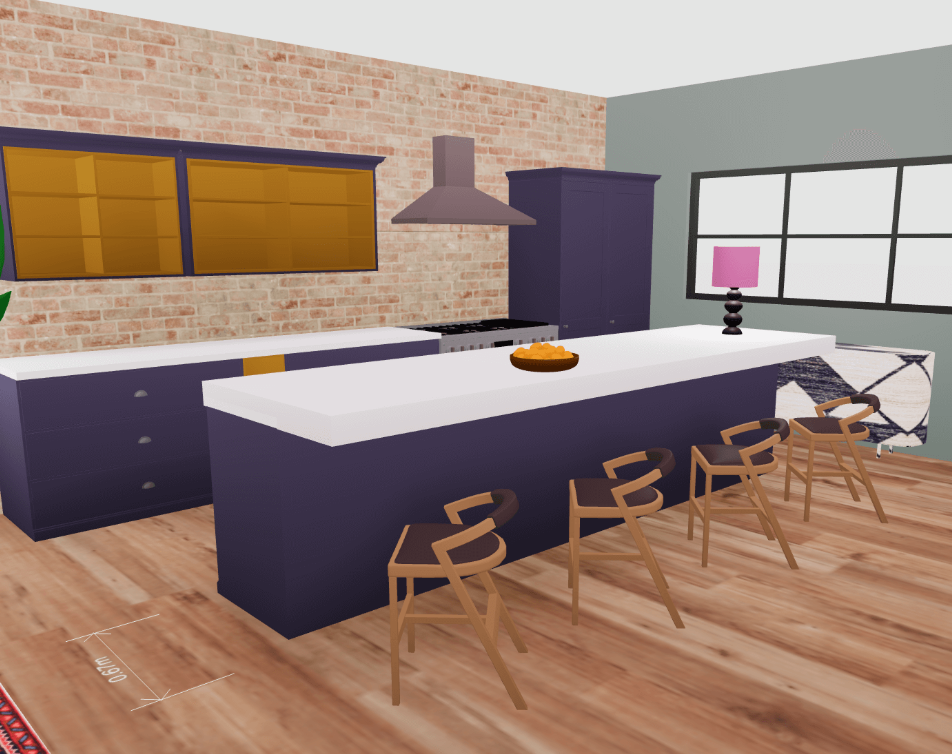
Arcadium 3D’s kitchen planner interface allows you to drop in lighting elements and instantly visualize their effects on the space. Using a modern 3D kitchen planner like Arcadium 3D can be a game-changer when redesigning your lighting layout.
It’s one thing to read about adding pendant lights or under-cabinet strips; it’s another to see it happen virtually in your own kitchen design. Arcadium 3D is an intuitive online tool (no downloads required) that lets you build a detailed kitchen model in minutes – complete with walls, cabinets, appliances, finishes, and yes, lighting.
This means you can experiment freely with different lighting arrangements before calling the electrician or drilling any holes.
With Arcadium’s lighting features, you can add ceiling lights, pendants, recessed spotlights, or even ambient light sources, then adjust their intensity and placement to watch how it transforms the room.
Want to know if three pendants or two look better over the island? Just drag and drop them in the model. Curious how under-cabinet lights will impact the look of your backsplash? Toggle them on in your 3D scene to see the counters glow. The ability to view your kitchen in realistic 3D visualization helps you fine-tune the balance of light – ensuring there are no dark corners or overly harsh glares – before you invest in fixtures.
Arcadium even allows first-person walkthroughs, so you can virtually “stand” in your simulated kitchen and experience the lighting from a human perspective, which is incredibly useful for spotting issues or making improvements.
Another benefit is that anyone can use Arcadium 3D to become their own lighting designer. You don’t need formal training or CAD skills. The interface is user-friendly: you select pre-built light objects (like a downlight or a hanging lamp), place them where you want on the ceiling or under cabinets, and the software does the rest – illuminating the model accordingly.
This empowers homeowners to take creative control and confidently plan updates. In the past, you might have had to hire a designer or rely on trial and error for something like figuring out the right lighting spacing. Now, with Arcadium’s free planner, you can iterate your design as many times as needed at no cost. Try out bold pendant styles, test various bulb brightness levels, or see how a cool white light vs. warm light changes the vibe. Arcadium 3D turns this trial-and-error into a fun, risk-free design process.
Finally, Arcadium makes it easy to share your lighting layout ideas with others – whether that’s getting feedback from family or showing a contractor your plan. You can generate a sharable URL of your 3D kitchen design and send it to others, who can view the model in their browser.
This collaboration feature means everyone is on the same page about where each light will go and what the end result should look like. It’s a seamless way to move from concept to reality. Many homeowners have transformed their kitchens using Arcadium 3D’s planning tools, discovering that the right combination of lighting and design elements can elevate their kitchen beyond what they imagined – and significantly increase their home’s value and buyer appeal in the process.
Conclusion
Great kitchen lighting is transformative. It enhances the beauty of your finishes, improves functionality for cooking and entertaining, and creates an inviting atmosphere that makes people love being in the space. Importantly, it also adds tangible value – a well-lit, professionally designed kitchen can sway buyers and justify higher listing prices.
By layering ambient, task, and accent lighting, updating to modern fixtures, and leveraging natural light, you turn your kitchen into a bright showcase that stands out in today’s market. And with accessible tools like Arcadium 3D, designing that perfect lighting layout has never been more approachable, even for a DIY enthusiast.
As a kitchen designer, my final advice is this: don’t underestimate lighting. It’s one of the most impactful upgrades for the cost, and it truly ties together all the other elements of your kitchen.
Whether you’re preparing to sell your home or simply want to enjoy a more luminous, beautiful kitchen for years to come, investing time into a smart lighting plan will pay off. So grab a 3D planner, dream up your ideal layout, and watch how the right lights can make your kitchen shine – literally and in terms of market value!
Frequently Asked Questions
How does kitchen lighting affect home value?
Good lighting makes a kitchen more attractive and functional, which in turn increases buyer interest and perceived value. A bright, well-lit kitchen appears spacious and well-maintained – key factors that can boost offer prices.
What lighting upgrades have the best return on investment in a kitchen?
Focus on high-impact yet affordable upgrades: add under-cabinet LED lighting, update old ceiling lights with modern recessed fixtures, and install stylish pendant lights over islands or dining areas. These changes brighten the space and give it a luxury feel, impressing buyers without a huge investment.
What are ambient, task, and accent lights in a kitchen?
Ambient lighting is the general illumination (e.g. ceiling or recessed lights) that brightens the whole kitchen. Task lighting targets work areas (like under-cabinet lights or pendants over counters) to help with cooking and prep. Accent lighting is for decoration or highlighting features (like inside cabinet lights or above-cabinet LED strips) to add visual interest and depth.
How can I plan my kitchen lighting layout effectively?
Start by identifying where you need light (overall room, task areas, focal points). Sketch a layout or use a 3D kitchen planner to place lights virtually. Ensure even coverage for ambient lights, direct task lights at work surfaces, and add a few accent lights for flair. Adjust spacing and fixture types in the plan until there are no dark spots or glare – the planner will help you visualize this.
Does under-cabinet lighting really increase home value?
While under-cabinet lights themselves might seem like a small detail, they greatly enhance kitchen functionality and ambiance. Buyers often perceive them as a sign of a high-end, well-thought-out kitchen. This feature can set your kitchen apart, contributing to a higher overall impression of value.
Can I use Arcadium 3D to map out lighting if I’m not a professional designer?
Absolutely. Arcadium 3D is designed for both professionals and beginners. Its drag-and-drop interface lets you easily add lights and adjust their placement and brightness. You can experiment with different layouts and see the results in 3D instantly. It’s a user-friendly way to plan a professional-quality lighting design without needing specialized skills.
Explore Our Kitchen Design Tool

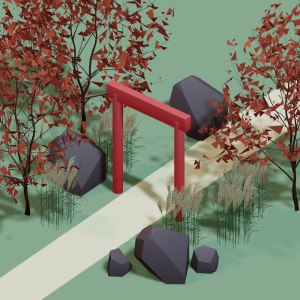 All training, tips and articles
All training, tips and articles
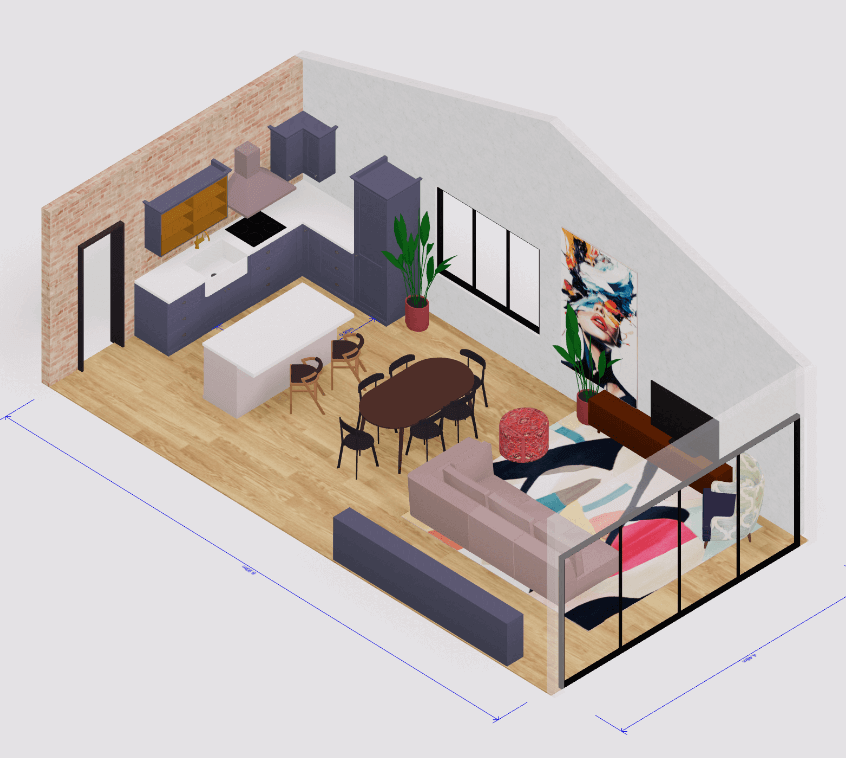 3D house design tool
3D house design tool
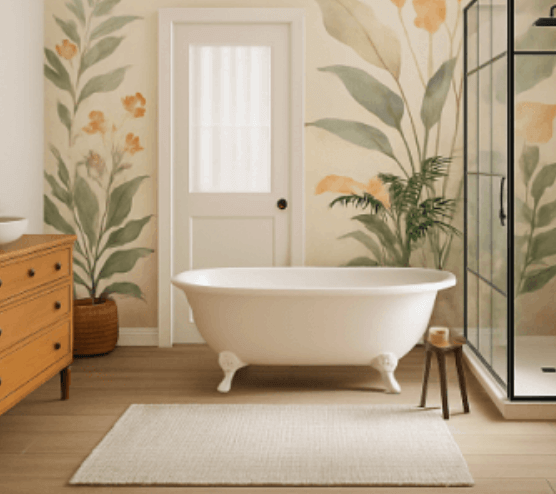
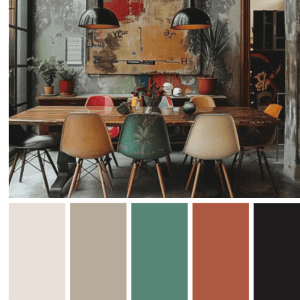 Color palette generator
Color palette generator
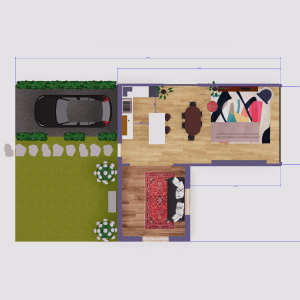 Floor plan creator
Floor plan creator
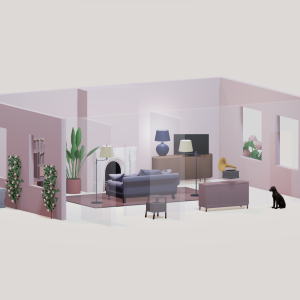 Interior design app
Interior design app
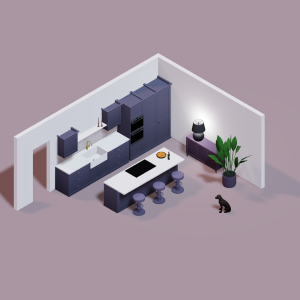 Kitchen design tool
Kitchen design tool
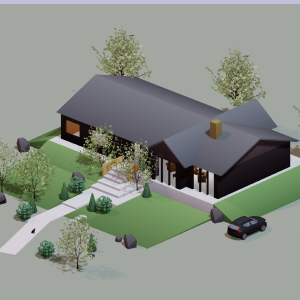 House design software
House design software
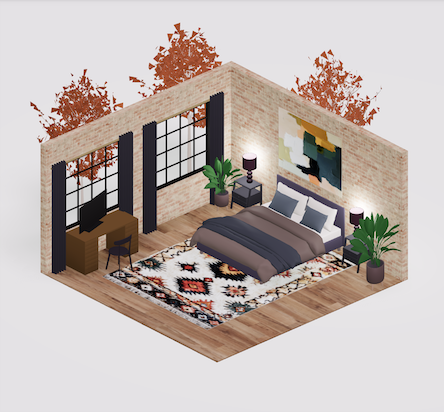 Room designer
Room designer
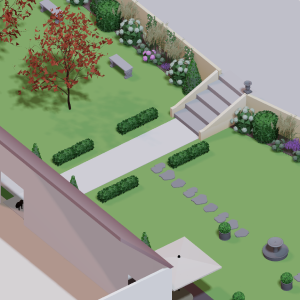 Landscape design software
Landscape design software
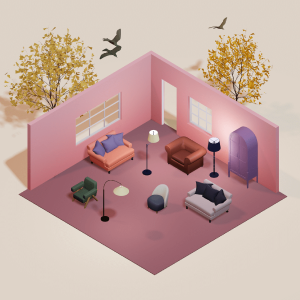 Bedroom design
Bedroom design
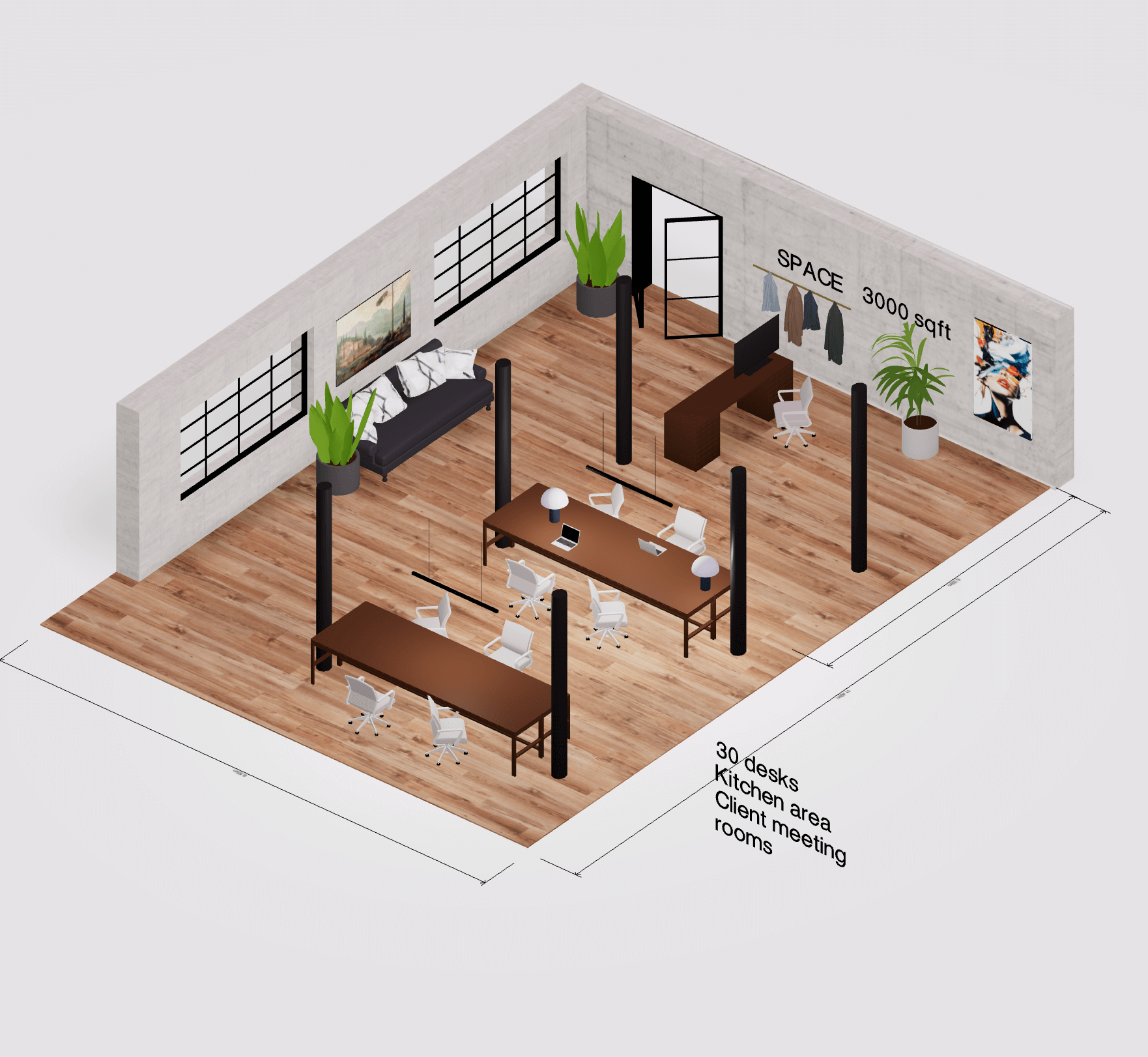 Office floor plan creator
Office floor plan creator
